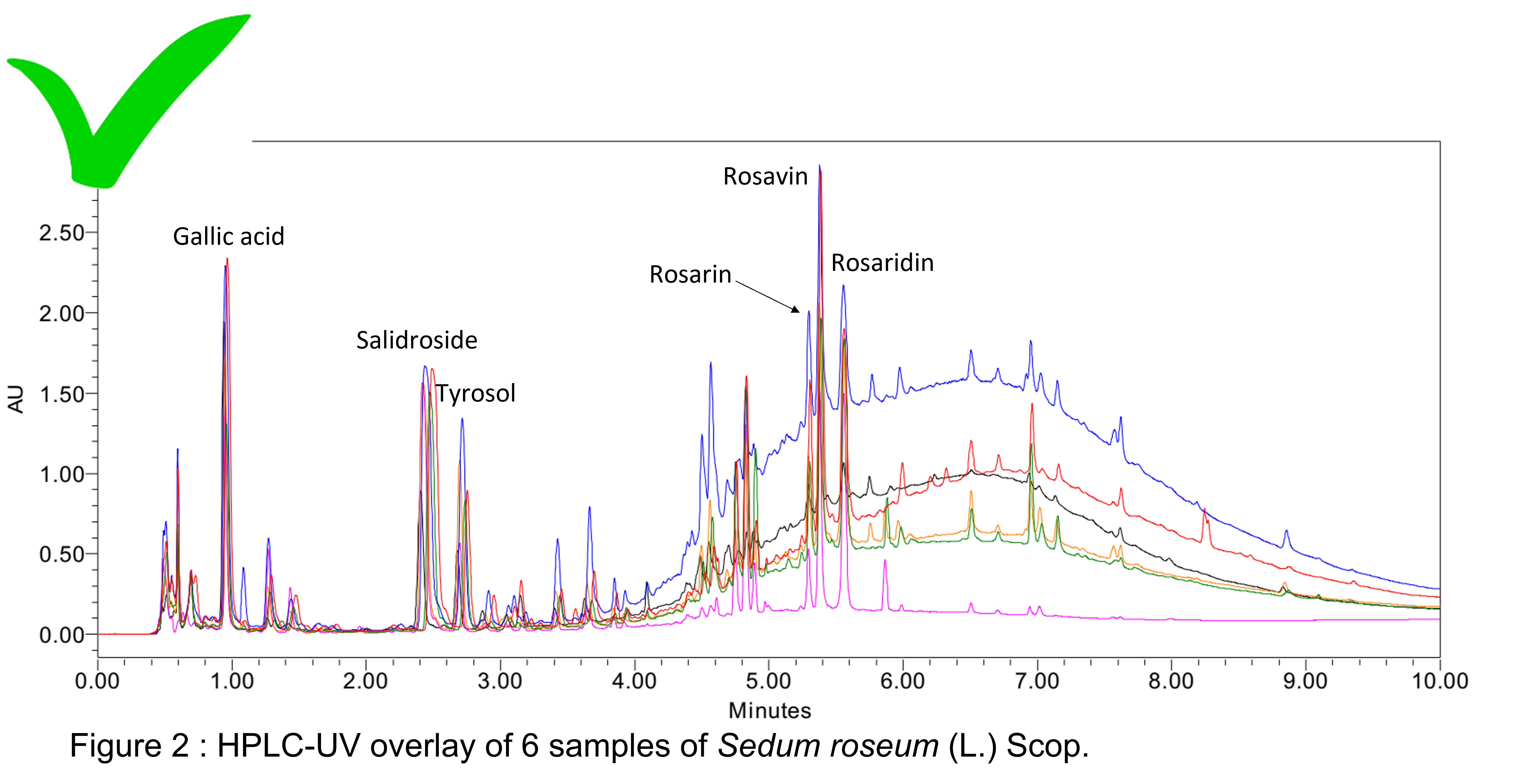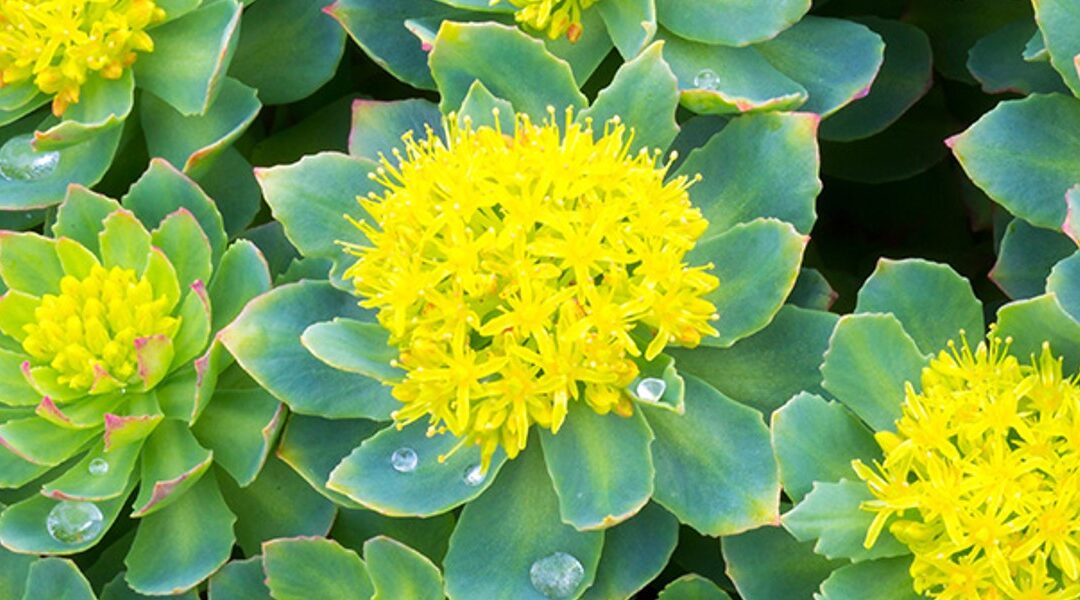
Introduction
Better known as Rhodiola rosea L., rhodiola is also called “pink stonecrop”. It grows in cold and mountainous regions. In Scandinavian countries, the root of Rhodiola has long been used to combat the climate and its particularly stressful effect. It is an antioxidant adaptogenic herb, which helps the body adapt and protect cells during times of physical and emotional stress. Rhodiola root extract can help reduce fatigue related to stress or intense intellectual activity, contributes to normal blood circulation, related to performance and intellectual reactivity as well as optimal cognitive activity. It helps stimulate the nervous system. Has a beneficial effect on stress-induced fatigue and headaches and has a beneficial effect on the cardiovascular system, as it helps to protect the body from stress and to maintain normal blood pressure. These activities are related to the presence of certain specific substances such as rosavins (including rosavine, rosarine, rosin or rosiridine) as well as salidroside and tyrosol. The dry extracts are also titrated in these molecules to guarantee optimal quality. But due to the high demand, this plant is becoming more and more rare and in the coming years, it will be more and more difficult to find it. Thus, frauds are commonplace to meet the needs of the market.

First of all, we know that other species can be used instead of the Sedum roseum species and this is particularly the case for the Rhodiola crenulata (Hook.f. & Thomson) H.Ohba. which is known as the main adulterant. No monograph in the pharmacopoeias for Rhodiola exists. That means that internal methods and key differentiate points to distinguish the species are instrumental to be known.
Analysis of a customer sample
Each species has a different chemical profile. It is therefore necessary to know what to expect for a typical root profile of Sedum roseum (L.) Scop. In the different chemical profiles analyzed, we concluded at BotaniCERT that there were only a few variations in composition based on geographical criteria (see Figure 2). In a campaign of 74 commercial samples of Rhodiola, 27 were identified as non-compliant for the targeted species ( 36% non-compliance). Among the various possible adulterants, we often find the species Rhodiola crenulata (Hook.f. & Thomson) H.Ohba used instead of the target species.
R. crenulata can be differentiated by the absence of rosavin derivatives but still with high levels of salidroside and tyrosol. The species contains much higher tannin levels than those of the S. roseum species, with in particular numerous gallate derivatives / esters of gallic acid (see in figure 3, the compounds circled in blue). However, there are other species which also contain rosavin derivatives but in different proportions. This is why an analysis targeting only the rosavins is insufficient to draw a relevant conclusion on the plant species.


Rhodiola is a risky plant due to its delicate sourcing and the many frauds that exist on the market. Today, the roots of the species Rhodiola crenulata (Hook.f. & Thomson) H.Ohba are regularly used to falsify the target species, but frauds are evolving and new adulterations will emerge. To best mitigate potential fraud, it is best to rely on the most exhaustive chemical composition and not just on a family of tracers, which is often too simplistic to conclude in a relevant manner.
CONCLUSION
Performing proper control is important for your herbal products and especially for extracts that are commonly adulterated.
How to ensure the quality of your Rhodiola samples?
By carrying out an authentication adapted to a dry extract which allow you to prove the presence of the target species, the absence of other plant species in the mixture, the absence of enrichment and by checking the quantities actives.


Recent Comments